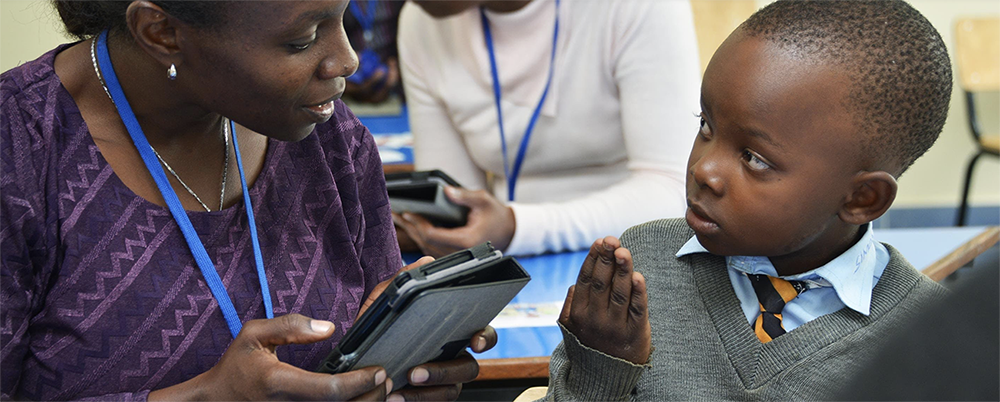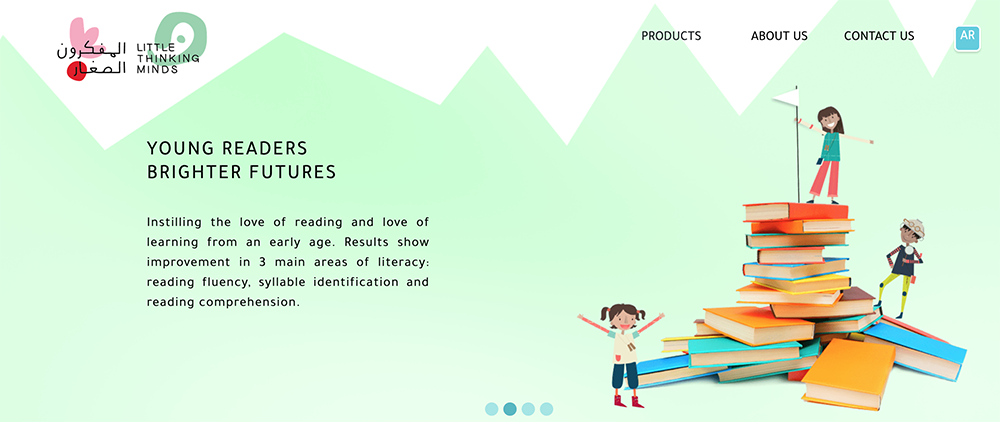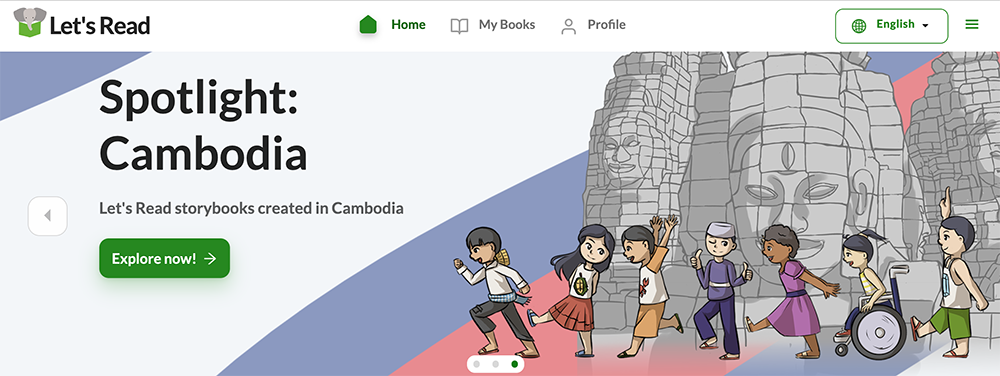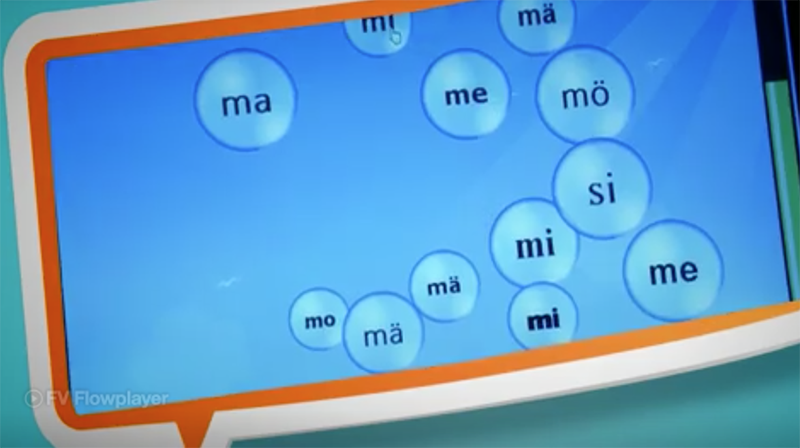Let’s reflect on something: how many times during the day do we use our literacy skills to carry out the most routine and simple tasks? For example, reading a sign on the street, or a supermarket ticket, the labels or brands on food products, or a doctor’s instructions. Not to mention text messages, emails, memes, social media, and a series of other literacy activities that have been added to the list in recent years.
The UNESCO defines literacy today as “a means of identifying, understanding, interpreting, creating, and communicating in an increasingly digitised, text-based, information-rich and rapidly changing world” The agency also gives literacy a multiplier effect that empowers people, enabling them to participate fully in society, and contributes to improving their lives by participating in the labour market, improving family health and nutrition, and reducing poverty.
Literacy skills affect not only our ability to communicate with our environment; they also directly affect our health (illiteracy affects a person’s ability to access and understand medical information or, for example, issues related to sexual and reproductive health); criminality (adults with low levels of literacy are more likely to end up engaging in criminal activities to survive); or the future of our children (children with illiterate parents are more likely to be illiterate themselves) (Word Literacy Foundation, 2021).
However, today there are at least 773 million young people and adults who cannot read and write, of which 63% are women. In addition, 250 million children fail to acquire basic literacy skills. In 2019, the World Bank used the term “Learning Poverty” to name a terrible reality: 53% of 10-year-olds in low- and middle-income countries cannot read or comprehend a short (age-appropriate) text, a figure that rises to 80% in the poorest countries.
The good news is that new technologies are part of the solution. They contribute to democratising knowledge by making it available to broad sectors that previously had no access to it. But, as Irina Bokova, Director-General of UNESCO, pointed out, for this to be the case, it is important “that they are inclusive, that they close gaps instead of deepen them” That is why, this year’s International Literacy Day celebrated each year on 8 September, focuses on the factors that allow literacy to be based on inclusive and useful technology to ensure that no one is left behind. In its day, this Observatory has already highlighted some programmes that fostered the acquisition of basic skills through technology. In this article we would like to highlight programmes to obtain literacy skills, already considered as competences with a clearly digital character, which go a little further and contemplate reading and comprehension from screens, with a more multimedia and interactive reality.

Storytelling and drawing factories that come alive in Latin America
In Chile, Cámara Mágica (Magic Camera) is a project designed to create short films and children’s books with a cultural identity which are then donated to children to promote reading and improve their literacy process, while preserving the cultural references of the different villages and rural areas in which the project has been implemented. In Brazil, De niño a niño (From Child to Child) turns children’s stories and drawings into animated films. The way it works is very simple: children create stories, draw the characters and other elements of the story and they narrate the text. All these elements are sent to By Kids to Kids, which produces animated films based on the children’s stories, using their drawings and narrations. Later, these animated films are turned into printed books. These animated films and books are available to other children around the world through the Encyclokids Platform, a digital video library.

Tusome Early Reading: Let’s read in Kiswahili
Tusome, “Let’s Read” in Kiswahili, is a model programme implemented by the Ministry of Education of the Government of Kenya and the US Agency for International Development, USAID. It focuses on improving teaching competences, improving access to appropriate educational resources, providing support and supervision in the teaching process, and improving collaboration with other actors in the learning process. It is implemented in almost 25,000 primary schools and benefits nearly 8 million children aged six to eight. In addition, it has a digital tool, Tangerine, to monitor, evaluate, and analyse the level of learning improvement during all phases of the project.

Little Thinking Minds: Reconnecting with Arabic
Seventeen years ago, Lamia Tabbaa and Rama Kayyali became concerned about the disconnection that young people in the Arab world were experiencing with their language and culture. To prevent this from happening to their own children, they started creating digital content in Arabic. They wanted the children to grow up speaking and loving this language, which they felt was being relegated to the background. Today, Little Thinking Minds is a leading educational technology company that creates advanced digital solutions and resources for Arabic literacy and has offices in Jordan, Arabia, and the United Arab Emirates. Its solutions have been proven to work in low-resource settings and also help refugee children with school support and reinforcement proposals.

Let’s read Asia: a digital library for reading in up to 25 local languages
Children need books with characters, themes, and settings that reflect and affirm their lives, and provide them with opportunities to explore the world. Therefore, with the support of Asia Foundation, Let’s Read was born in the region, a programme aimed at creating a digital library of children’s books in the local language, with books that explore topics crucial to the development of children’s personalities and that can be found in up to 25 different languages. In addition, books can be downloaded or printed without internet access.

Bloom: A Collaborative and Digital Bookshop
Literacy projects in local or minority languages are hampered by the lack of books translated into these languages to encourage the teaching and practice needed to develop real literacy. Bloom was born as a digital platform that allows people from all over the world to get involved in the creation of a large collection of books in indigenous languages. The platform has an editor that can be used to create a book or translate it, and also functions as a book repository where speakers of different languages can find books in their own language, and book creators will find pre-designed books to translate.

Graphogame: a Game to Teach Reading in Vulnerable Environments
GraphoGame is a game-based technology tool that uses voice recognition and, through mobile devices, helps children learn to read and write. The trick is to keep the child engaged through playing long enough for learning to take place. This is achieved by the feedback provided by the tool. GraphoGame’s learning component has proven to be efficient in teaching children literacy skills in various languages and spellings. In fact, since its foundation, the programme, which was born in Finland, has been used in many countries and languages in Europe and, in 2012, it was extended to the African countries and languages of Kenya (Kiswahili and Kikuyu), Namibia (Afrikaans), Tanzania (Kiswahili) and Zambia (Nyanla and Tonga).






